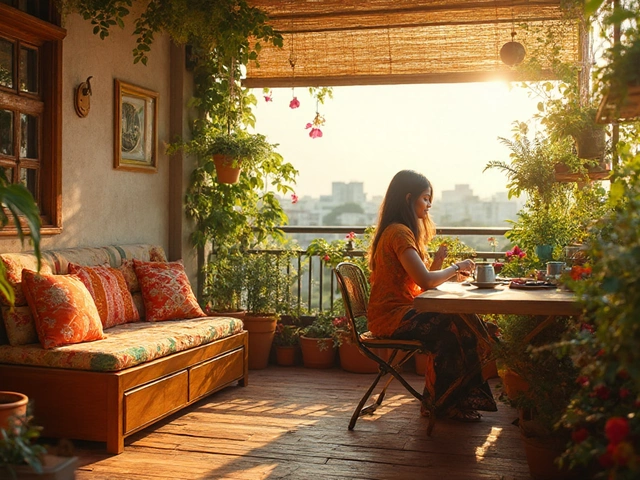India Gardening – Practical Tips and Guides for Indian Gardens
Welcome to the India Gardening hub where you’ll find real‑world advice that works for the climate, soil, and plants you love. Whether you’re tending a balcony in Mumbai, a vegetable plot in Punjab, or a rooftop garden in Bangalore, the posts below give you step‑by‑step tips you can try today.
Water is the biggest challenge for most Indian gardeners, so we start with drip irrigation. Our guide on the right burial depth for drip lines explains how deep to bury the tubing, what soil type affects the depth, and quick installation steps to avoid air bubbles. If cost worries you, check the article that breaks down why drip systems seem pricey and shows where you can cut expenses without losing efficiency.
Watering Made Easy
Drip tape vs. drip line? The 2025 comparison shows which one fits a small backyard versus a larger farm, plus real numbers on water savings. For those who wonder whether tap water needs to sit before use, we explain how chlorine evaporates and the best waiting time for healthy plants.
Beyond irrigation, learn which plants hate coffee grounds so you avoid accidental damage, and discover natural pest control options that keep chemicals out of your garden. The companion planting guide, dubbed “Sister Plants,” reveals simple pairings that boost yields and keep bugs away.
Seasonal Plant Choices
Knowing when flowers bloom in India can turn a dull garden into a color show. Our “Best Months for Flower Blooming in India” article maps out regional bloom times, popular species for each season, and quick tips to extend flowering periods.
If you’re looking for a fast‑growing tree, the list of fastest flowering trees in India includes practical planting dates and care advice. For indoor lovers, the guide on houseplant misting clears up the myth and tells you how to set humidity levels for thriving foliage.
Veggie growers get a profit boost from the broccoli farming deep‑dive, which covers costs, market prices, and yield‑maximizing tricks for 2025. Rice farmers can read about soil types that give the best paddies, risks in the rice business, and how many grains a single plant can produce.
Balcony enthusiasts will love the small balcony layout ideas, vertical garden tricks, and renter‑safe storage hacks that turn tight spaces into functional rooms. And if you want an eco‑friendly yard, the sustainable gardening post outlines composting, native plant picks, and water‑saving habits you can start now.
All these articles share a common goal: give you clear, actionable steps without jargon. Bookmark the pages that match your current project, try one tip at a time, and watch your garden improve. Remember, gardening in India isn’t about perfect conditions – it’s about adapting smart practices to the local climate.
Ready to get your hands dirty? Pick a topic, follow the guide, and enjoy the results. Happy gardening!

What Flower Takes 30 Years to Bloom? The Slow Life of the Talipot Palm
The Talipot palm is a legend among plant lovers, taking about 30 years—or even longer—to bloom just once in its life. This article explains why this palm is so special, what makes its flowering so rare, and how gardeners in India can care for it. You’ll learn some wild facts about the Talipot’s blooming process and get simple tips if you want to try adding this slow giant to your garden. Patience is key—but the payoff is unforgettable.
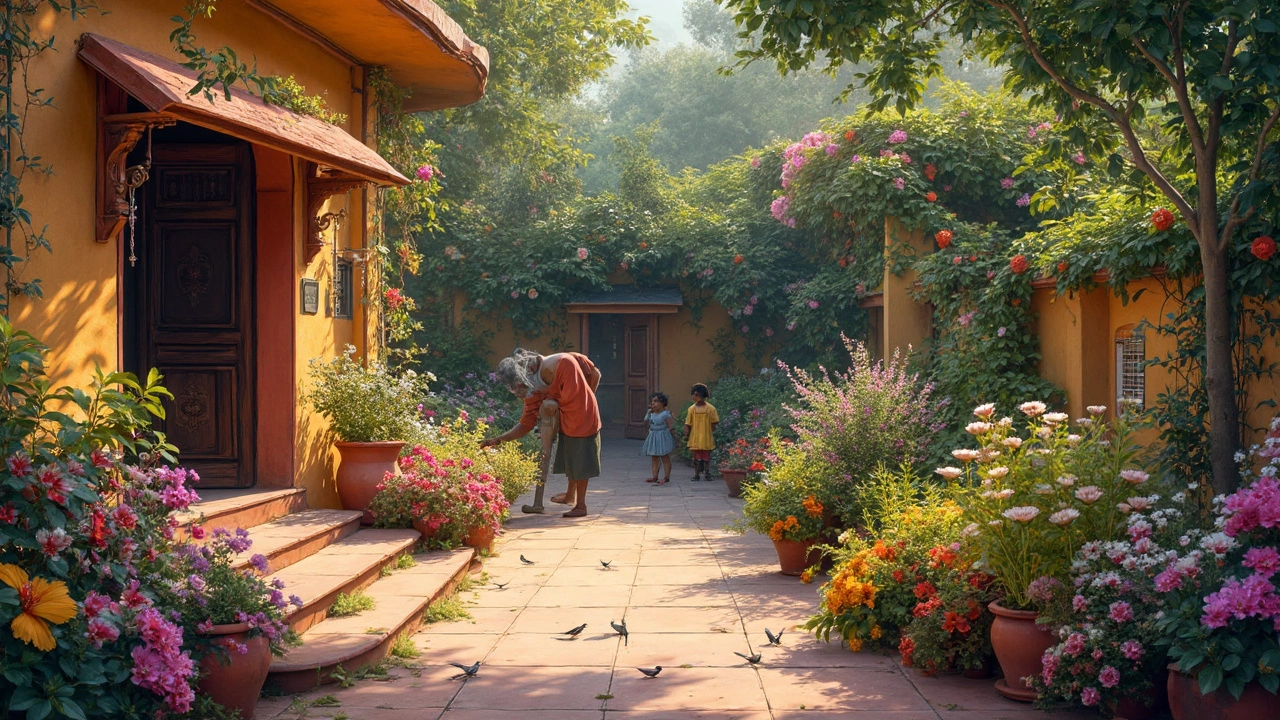
Which Plant Gives 12 Months Flowers in India? Your Guide to Year-Round Bloomers
Imagine having a garden that bursts with color every day of the year—yep, it's possible in India's climate! This article digs into the plants that truly keep flowering for all 12 months. You'll find solid facts, fun tidbits, and practical tips for keeping your garden lively year-round. Whether you have a huge backyard or a small balcony, there's something here for you. Let's cut to the chase and see which plant never takes a break.
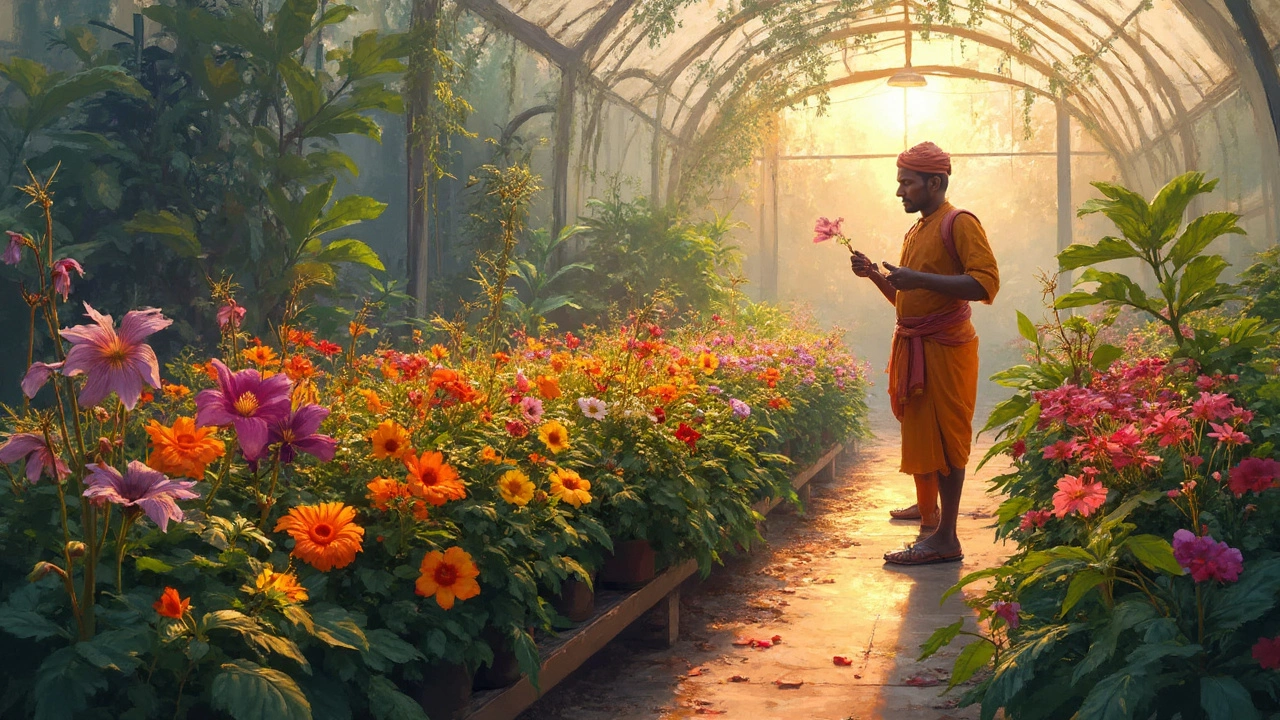
What Not to Grow in a Greenhouse: Avoid These Flower Flops
Greenhouses offer a controlled environment for growing various plants, but not all flowers thrive there. Some plants fare poorly due to temperature, humidity, or space constraints. Knowing which flowers to keep out can save time and energy. Discover which flowers are better left for outdoor gardening in Indian climates.
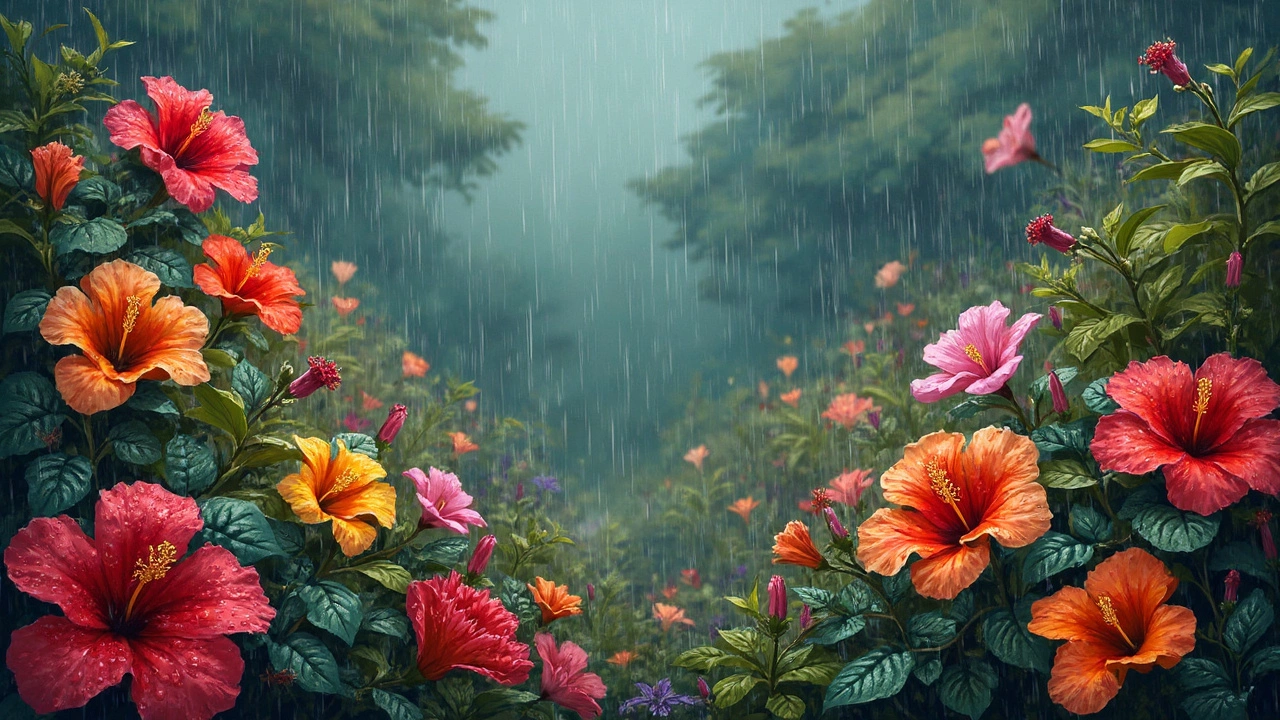
Rainy Season Blossoms: Discovering India's Monsoon Marvels
The rainy season in India brings a burst of vibrant blooms that thrive in the monsoon's embrace. This article delves into the stunning flowers that graces the landscape, offering gardening tips and insights into growing and nurturing these plants. Learn about flowers like hibiscus and jasmine that not only withstand the rain but flourish in it, offering a colorful and fragrant escape. With useful advice for your garden, you'll discover how to make the most of India's seasonal beauty. Embrace the rain and let your garden blossom!
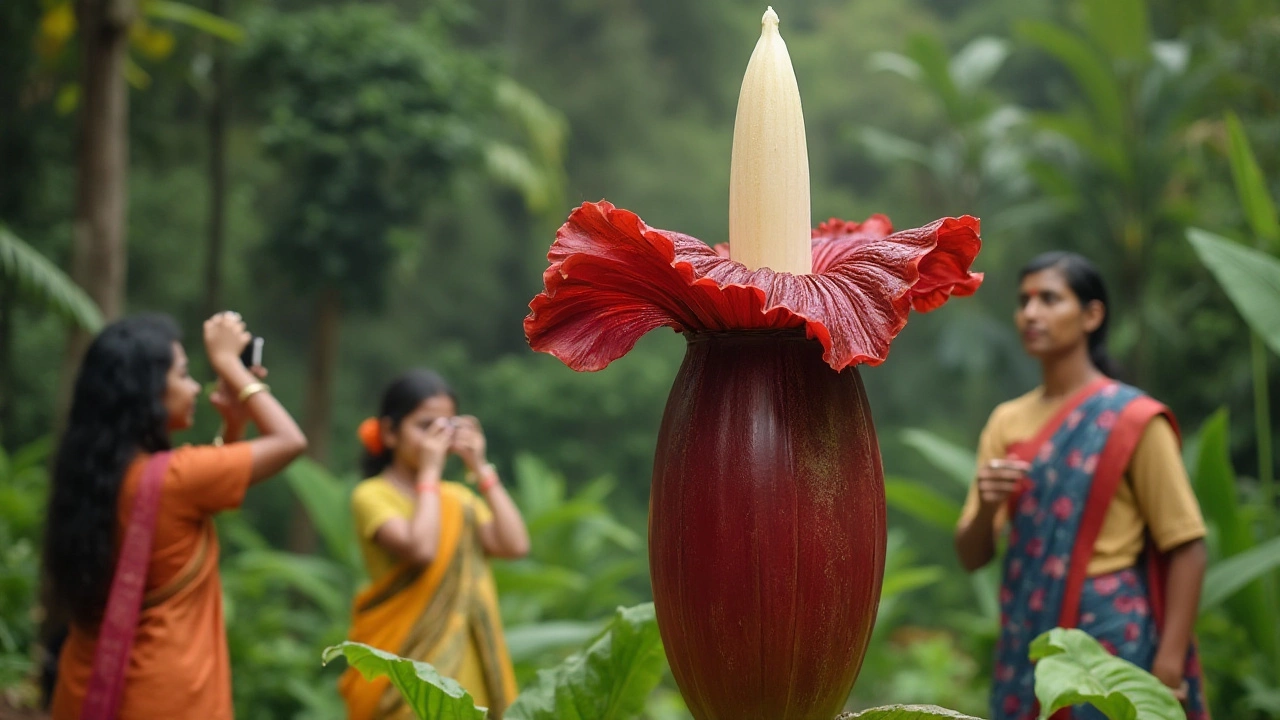
Exploring India's Notorious Stinky Flower: The Titan Arum
In India, the Titan Arum, famously known as the 'stinky flower,' captures the fascination of those with a passion for unique and remarkable flora. This peculiar plant is notorious for its pungent odor, which mimics the smell of rotting flesh to attract pollinators. Known for its striking appearance and peculiar reproductive strategy, the Titan Arum is an unusual yet fascinating choice for avid gardeners. Delving into its life cycle, cultivation methods, and intriguing botanical characteristics can enhance your appreciation and understanding of this extraordinary plant.
About
Flower Gardening
Latest Posts
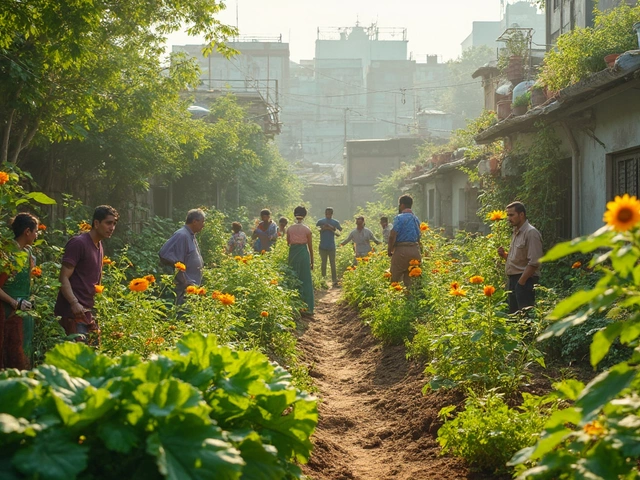
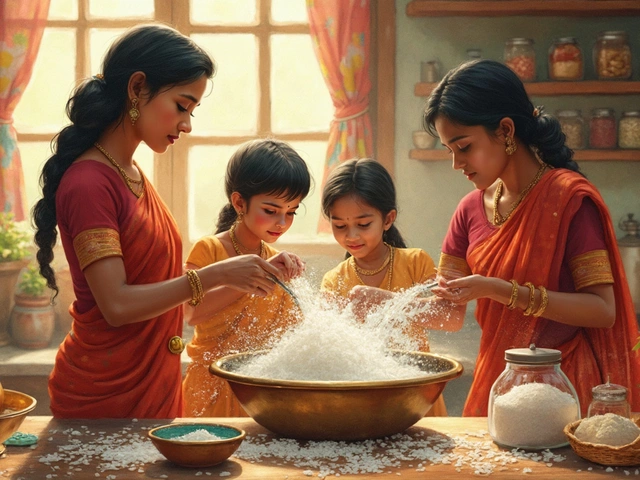
Why Wash Rice Before Cooking? The Real Reasons Revealed
By Alden Thorne Jun 20, 2025
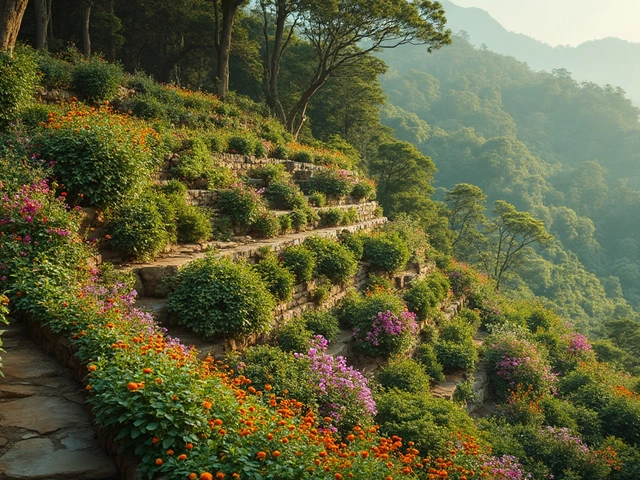
How to Safely Stabilize Sloped Soil for Terrace Gardening
By Alden Thorne Mar 9, 2025

Indian Vegetarians and Eggs: Myth, Culture & Diet
By Alden Thorne Oct 14, 2025
